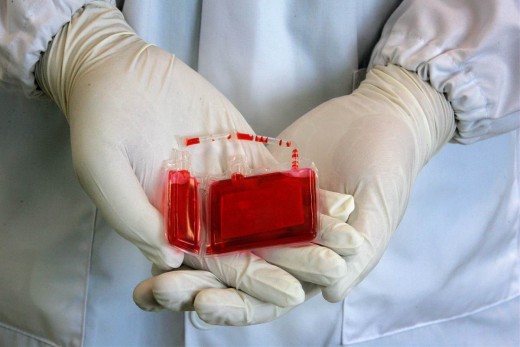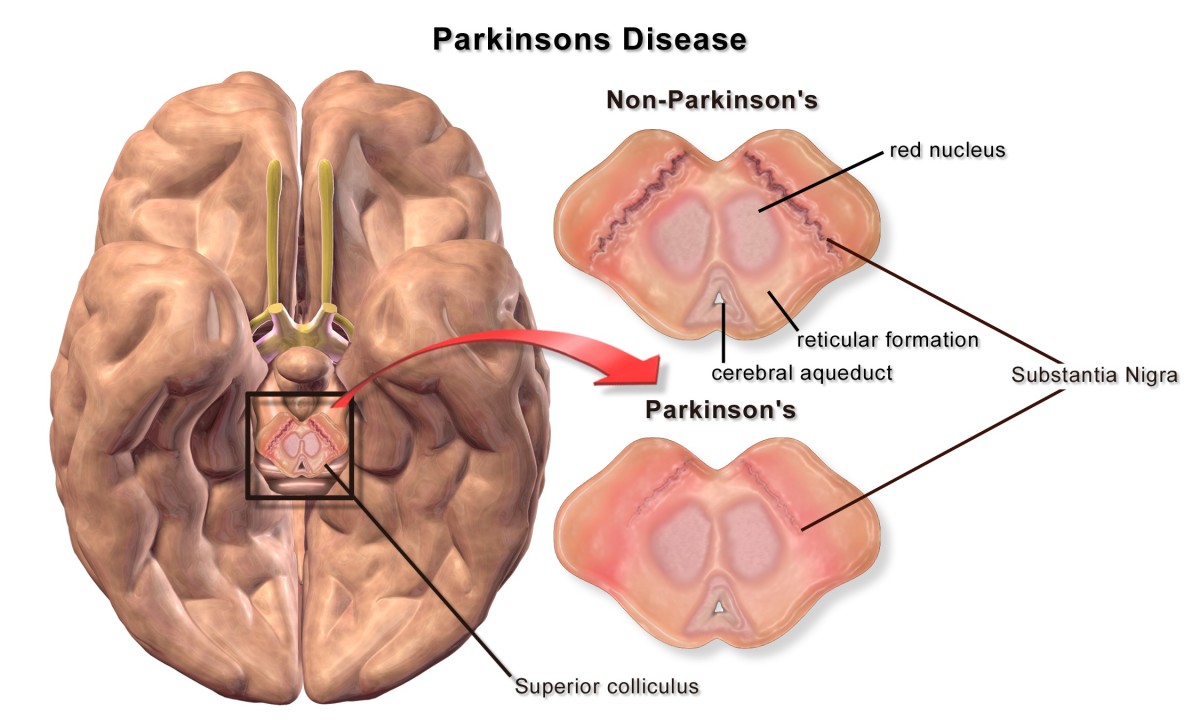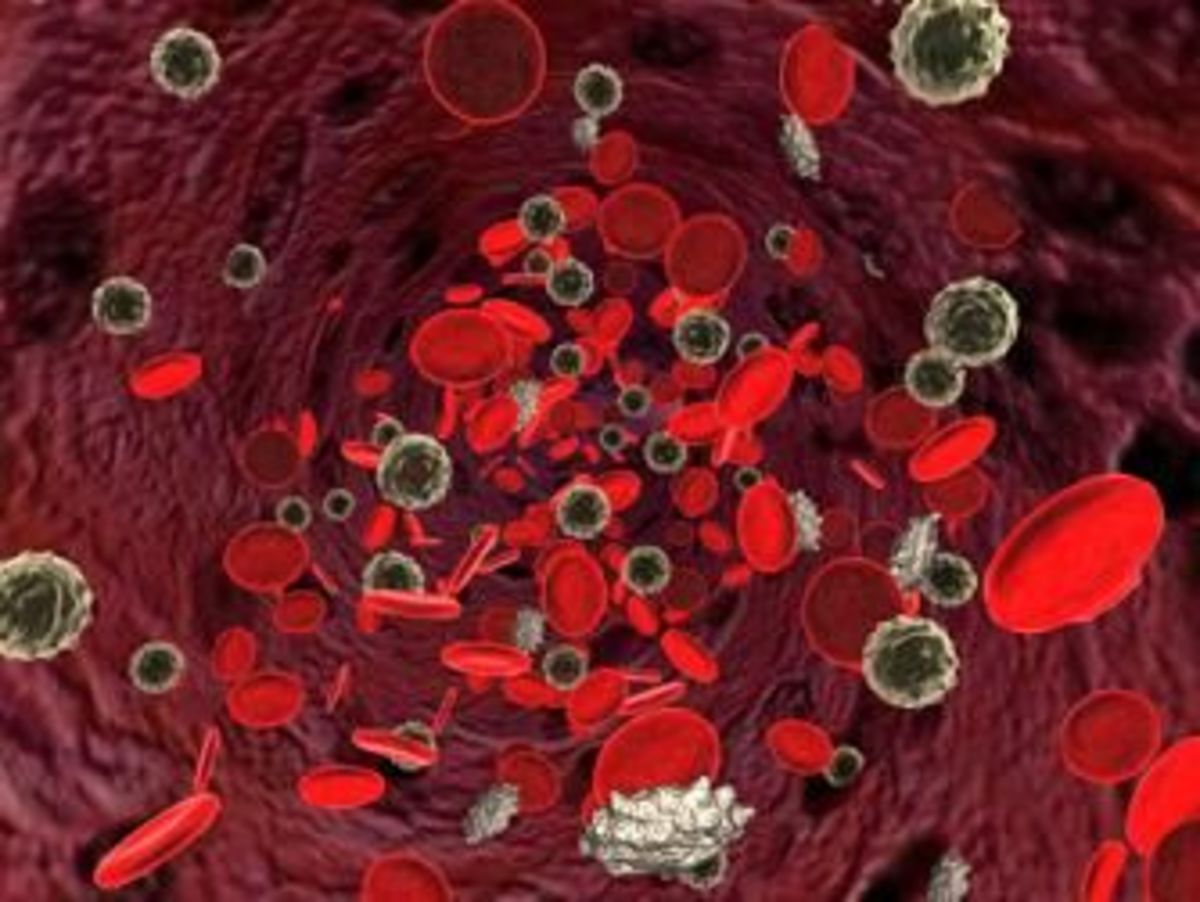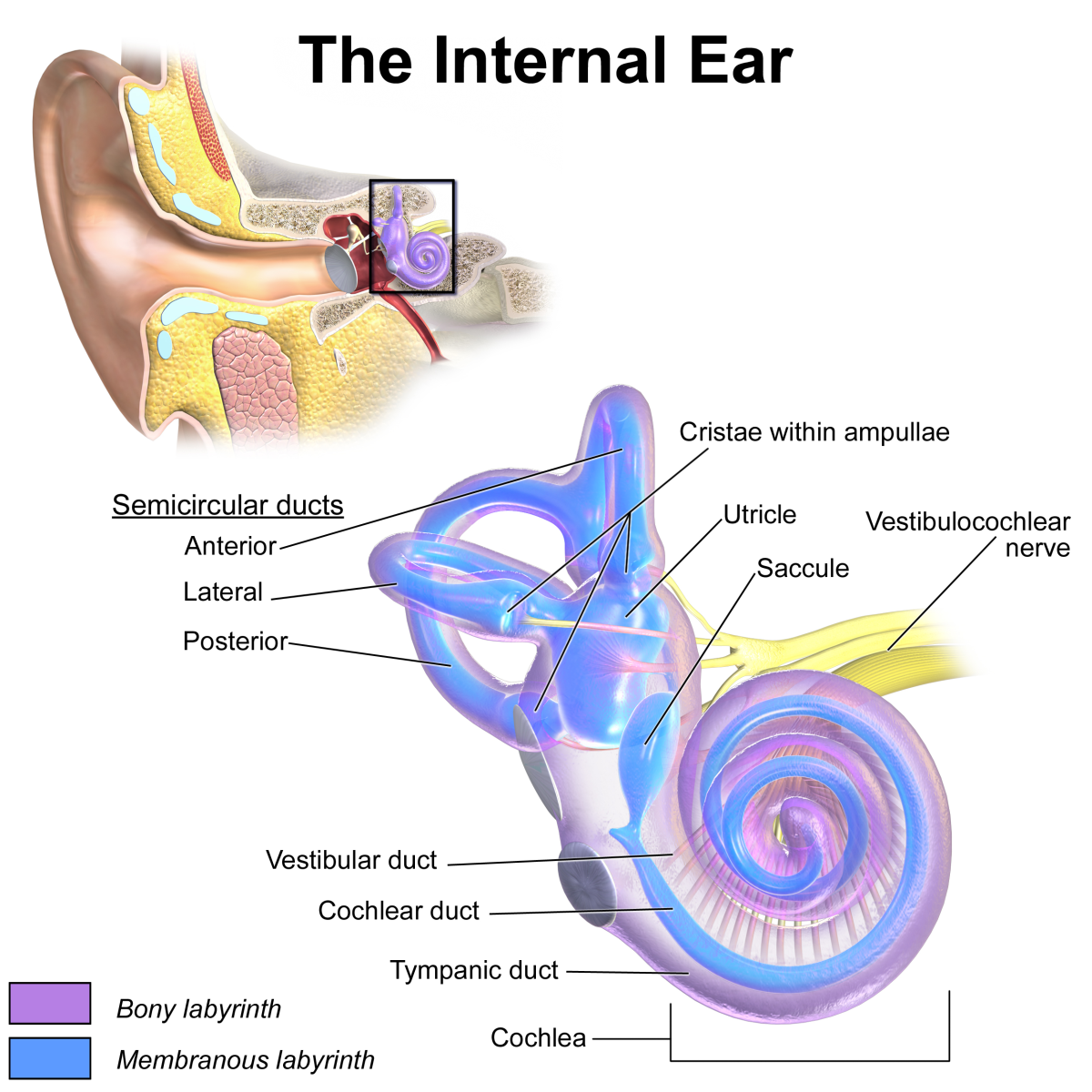8 Myths About Cord Blood Banking

One of the issues on which the family needs to decide when expecting the baby is if they want to save baby's cord blood. It doesn't come cheap, so cord blood banking is a huge business. When we were expecting a baby, we did an extensive research before deciding to preserve his cord blood. In this article, I would like to talk about 8 myths surrounding cord blood banking, which I hope would help you in making your decision.
Myth #1. Cord Blood Banks and Stem Cells Banks Were Invented by Greedy Capitalists to Make Money
Preserving stem cells and cord blood is, ultimately, a way parents and the government show their concern about future health of the child. Today public cord blood banks are a popular trend in developed countries such as the U.S., Canada, Spain, France, Germany, Japan. They are funded by the government and a patient can use a sample of cord blood if such treatment is necessary (yet, to avoid rejection, the cord blood sample must be a perfect match). In some countries, e.g. in the U.S., all doctors are legally obligated to inform pregnant women about an opportunity to store their baby’s umbilical cord blood in a biobank.
There are around 350 cord blood banks all over the world and private cryopreservation services are available in most of them. Although only the donor family may use the sample.
World’s first and largest private umbilical cord blood bank, Cord Blood Registry, is located in the U.S. and was established in 1992. It has over 500,000 cord blood samples.
The largest bank of the European Union is СryoSave. It was established in 2000. The state governments do a great job to raise awareness of cord blood value. More than 250,000 families are already storing cord blood in this bank.
Myth #2. Umbilical Cord Blood Can't Currently Be Used. It’s a Long Term Outlook.
Cord blood cells were first successfully transplanted in France in 1988 to a recipient from the U.S., a boy suffering from an inherited disease, Fanconi anemia. He received the umbilical cord blood from his newborn sister.
A few years later the same method was employed in Poland. More than 25,000 transplantation of stem cells from umbilical blood had been performed by 2011.
According to clinicaltrials.gov, an international registry and results database, in October 2015, 736 different studies researching the treatment for cerebral palsy, autism, type 1 diabetes, etc. were being conducted all over the world.
Myth #3. Umbilical Cord Blood Is a Universal Remedy.
It would be a mistake to call anything a universal remedy. Some types of stem cells have been successfully used to treat hematology/oncology diseases for decades, their effect for treatment of neurodegenerative and autoimmune diseases is being studied as well. Clinical trials of stem cells treatment of musculoskeletal system, liver, major tissue injuries, nervous and cardiovascular system disorders, etc. have been conducted. The success of such research gives hope to many patients but scientists still have a lot of work to do.
Myth #4. Stem Cells Can Only Help Treat Leucosis.
Hematopoietic stem cells that umbilical cord is rich with are widely used in treatment of numerous hematological and oncological diseases. However, cord blood is now an object of research in many other fields, such as neurology, restorative treatment, treatment of autoimmune diseases, etc.
Myth #5. Cord Blood Stem Cells Cause Cancer.
According to publications in scientific literature, data on oncological diseases were found in relation to embryonic and fetal stem cells sourcing mainly from abortion material. Cells of this type have nothing in common with the so-called adult stem cells which include stem cells of umbilical cord, umbilical cord tissues, bone marrow, peripheral blood and fatty tissue.
Due to their immaturity and unlimited division capability, embryonic and fetal stem cells may transform into a malignant clone. Stem cells of the umbilical cord blood and tissues contain significantly more mature cells and predicting their further development is easier.
More importantly, umbilical cord blood has been successfully used for over 20 years. Similar marrow-derived stem cells have been used for about 50 years and are proven to be effective for treatment of a large amount of blood and immune system diseases.
Myth #6. Collecting Umbilical Cord Blood Takes Away the Essential Blood a Newborn Needs.
Cord blood is collected after the umbilical cord is cut when the newborn is already separated from the mother’s body and can breathe and nourish on his own. Blood from the umbilical vein is often drawn and disposed of but instead it can be stored and later used.
Myth #7. Cord Blood Can Be Used Only for the Child It Was Collected From.
Siblings have a 25% chance of being a match, parents have lower chances. Nevertheless, because the immunocompetent cells of umbilical cord blood are characterized by less immunoreactivity than marrow cells of an adult, successful transplantation of cord blood is possible in critical situations even to those who are not a perfect tissue-type match.
Myth #8. Electrical Energy in the Bank Is Essential for Sample Storage.
The storage of cord blood samples doesn't depend on electricity. The samples are stored in liquid nitrogen tanks and do not require electrical energy. The temperature of liquid nitrogen is -196 degrees Celsius or -321 degrees Fahrenheit.
To learn more about how cord blood banking works and what cord blood can do, check out the video.








